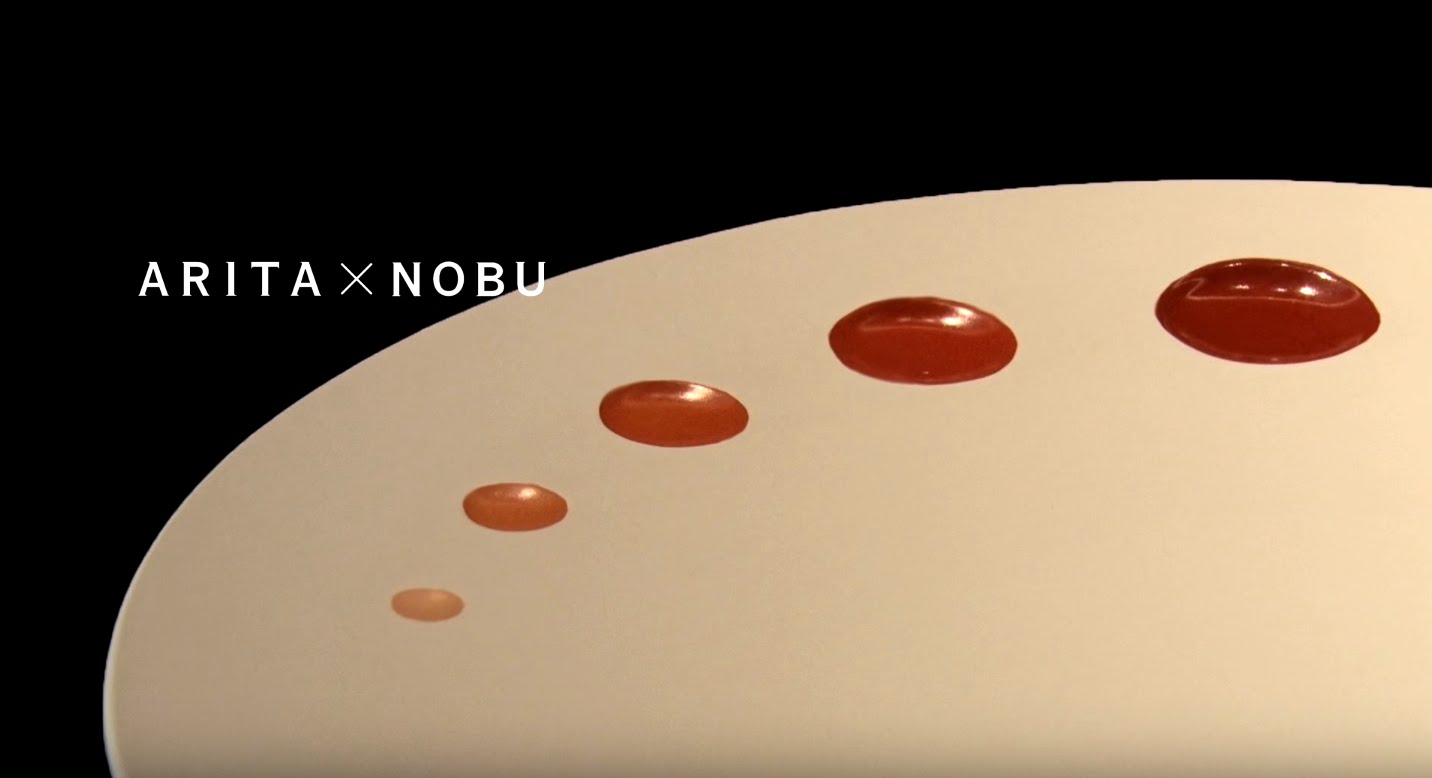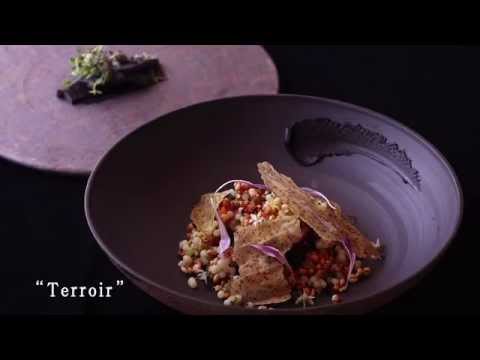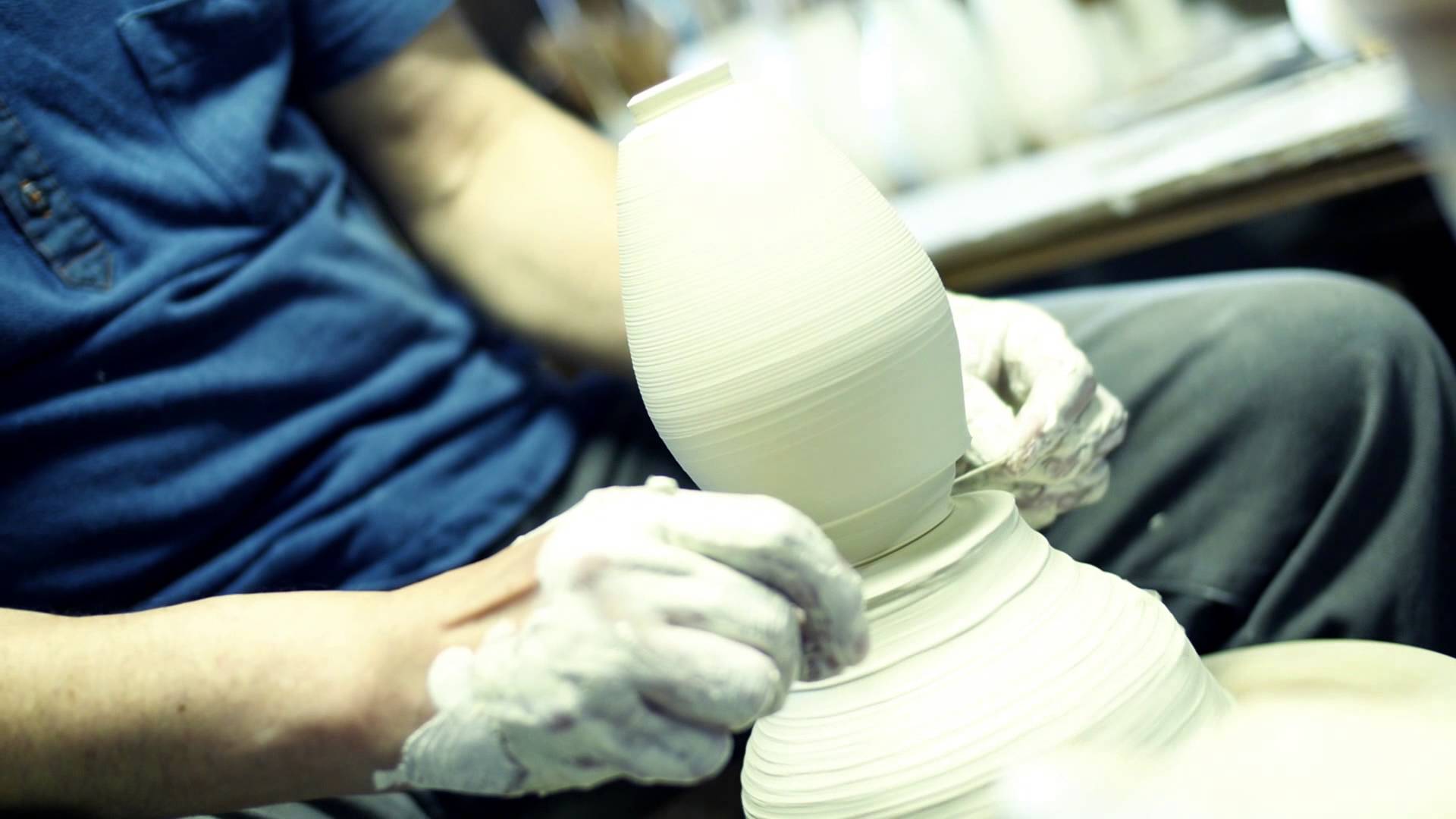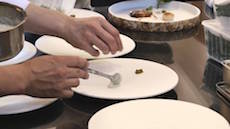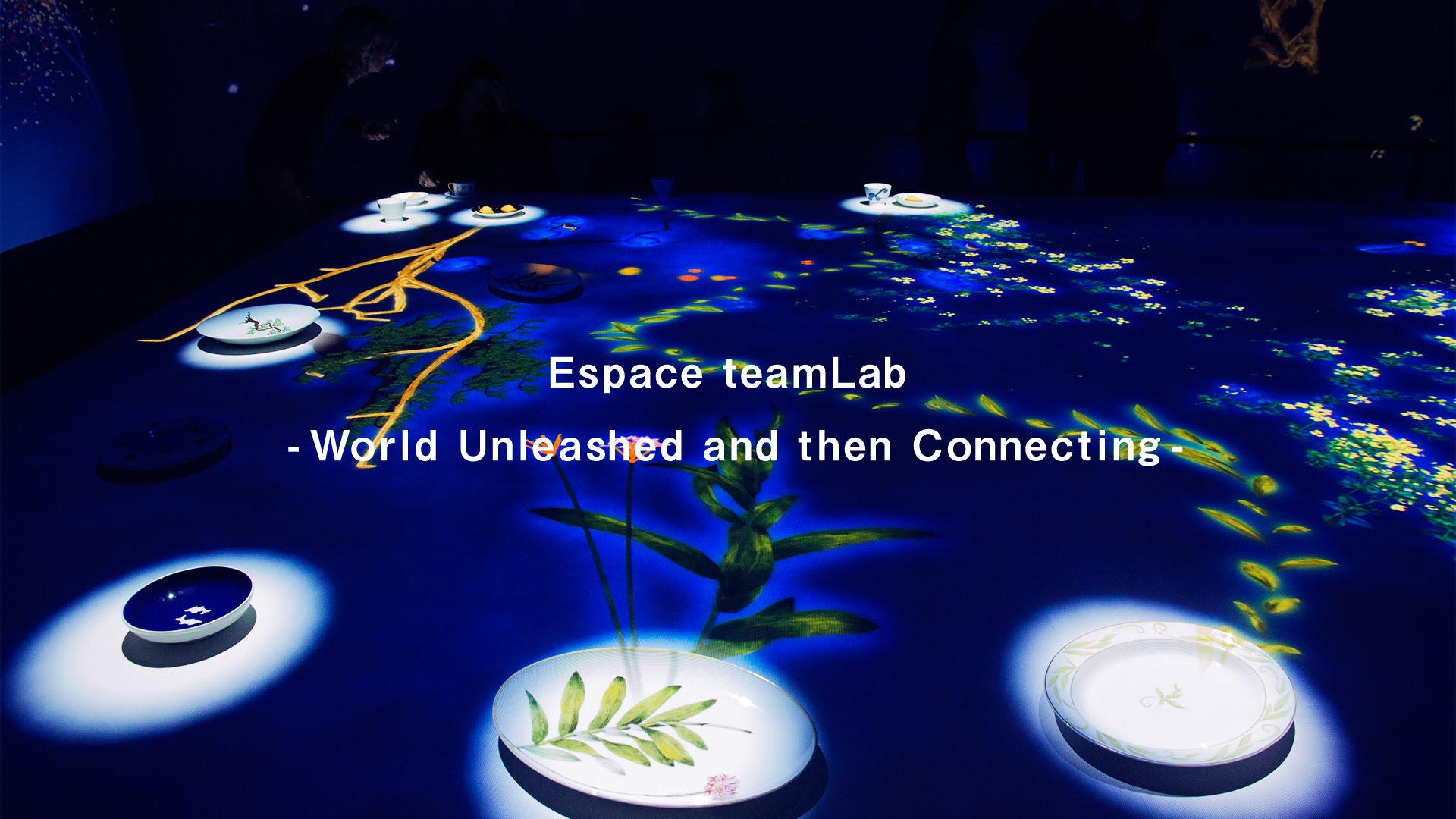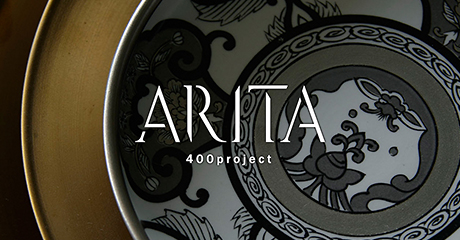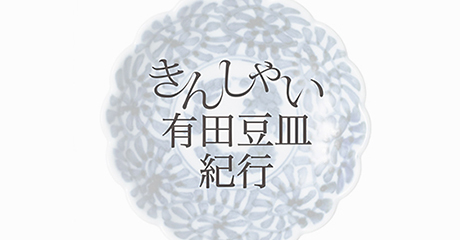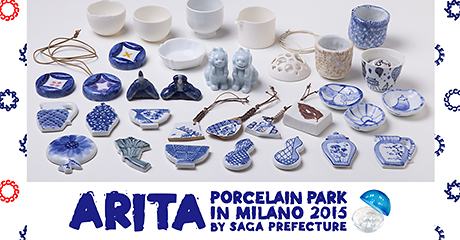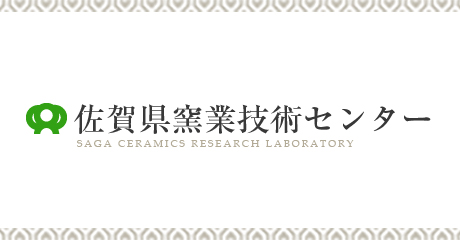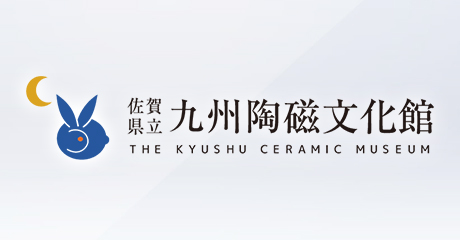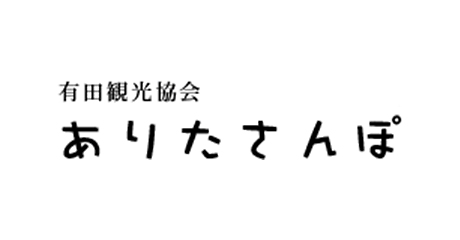In the early days of porcelain, one feudal lord commanded, “Do not spread the secret”
The Tensho era (1573 to 1592) was a time of great chaos in Japan and during these years before the fiery birth of Arita porcelain, military commanders, in between fiercely fighting their fellow warlords, would divert themselves by practicing the tranquil art of the tea ceremony. Japan was technologically incapable of producing chinaware, and tea ceremony utensils were commonly made of tsuchimono, a type of earthenware; only a handful of upper class families could afford the indulgence of quality ceramics imported from China and Korea.
The Bunroku Keicho Period Wars (Imjin and Jeongyu Waeran in Korea) of that time were fought on the Korean Peninsula by a Japanese army led by Toyotomi Hideyoshi against Ming dynasty forces and their Korean ally, the Yi Dynasty tributary state. With the death of Hideyoshi, his followers and their troops returned to Japan, carrying off with them Korean potters; this gave rise to the wars being aptly entitled the “Pottery Wars.”
Immediately after his return to Japan, Nabeshima Naoshige, the lord of the Hizen-Saga domain, the birthplace of Arita porcelain, settled his potters and started production of ceramics, as did many other feudal lords in the western part of Japan. Evidence of their production appeared several years later in the records of the great tea ceremony master Furuta Oribe, who described the tea ceremony utensils produced in the Kyushu region.
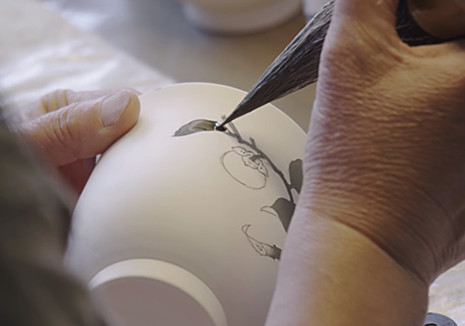
In 1602, Katsushige, Naoshige’s eldest son, sent a letter back home to the chief retainer Nabeshima Shosan, confirming the high value of such tea utensils.
“Recently when I attended tea ceremonies hosted by Lord Furuta Oribe and other lords, I saw tea-bowls and shoulder-shaped caddies fired by Korean potters working in Saga. Furthermore, I have heard that the Japanese potters producing earthenware in Sanjo, Kyoto, are going to visit Saga. Some time ago, such potters traveled down to Saga and commanded the Koreans to make ceramics and brought the ceramics up to Kyoto. Instruct our potters not to easily pass on the techniques for firing porcelain.”(Collection of Historical Materials of Saga Prefecture)
Katsushige instructed the chief retainer, “Do not allow them (Kyoto Japanese potters) to easily learn to fire porcelain by teaching them the technique.” It would seem that he tried to increase the value by cannily preventing such skills from being shared with outsiders, and covering the secret with a veil of mystery. This was because Oda Nobunaga and Toyotomi Hideyoshi made use of the tea ceremony as a way of rewarding and maintaining the allegiance of retainers, and tea utensils highly rated by the masters of the tea ceremony were known to be “worth as much as one domain and castle.”




